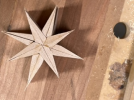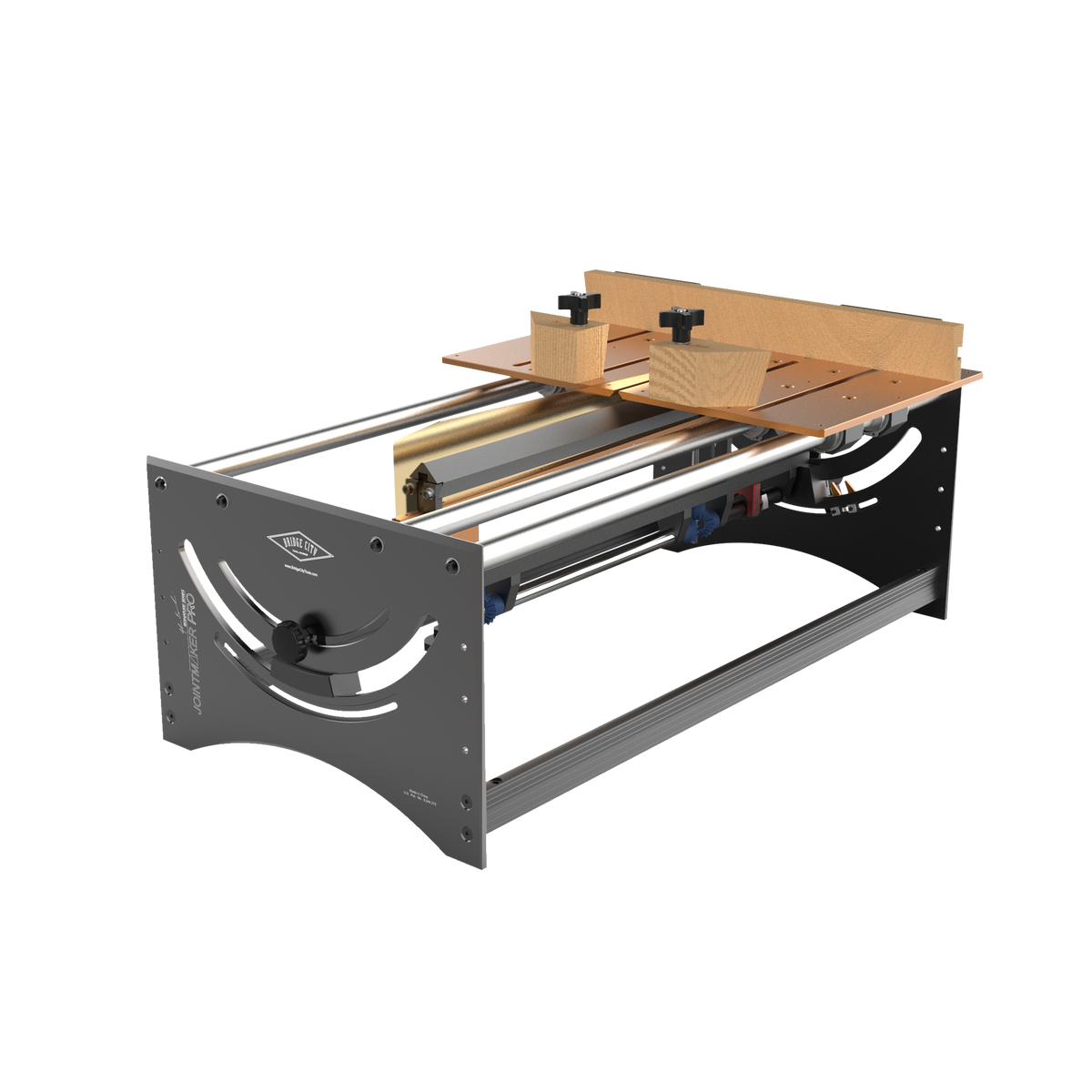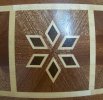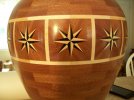I am playing with making a compass rose design (NOT VENEER) that will end up as part of the top of a turned box or pepper mill. I built a jig to get the angles correct which you can see in the pictures below. I'm having trouble when cutting the 12 degree angle in that the pieces are not coming out the same length even when using a stop block (which is beside the blue tape in the picture). As of this moment, I haven't figured out how this is possible. I checked for flex in the wood strip being cut, but cannot account for the difference. I suspect that several of you have done this before, and would like any ideas you might have. Thanks!

 compass rose - just checking angles.
compass rose - just checking angles.
 jig with cut off piece in place -long after the cut
jig with cut off piece in place -long after the cut
 The problem. Note how different the lengths are.
The problem. Note how different the lengths are.
 compass rose - just checking angles.
compass rose - just checking angles.



